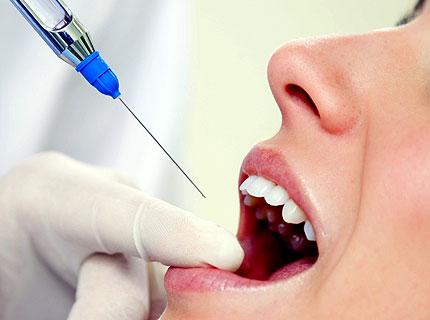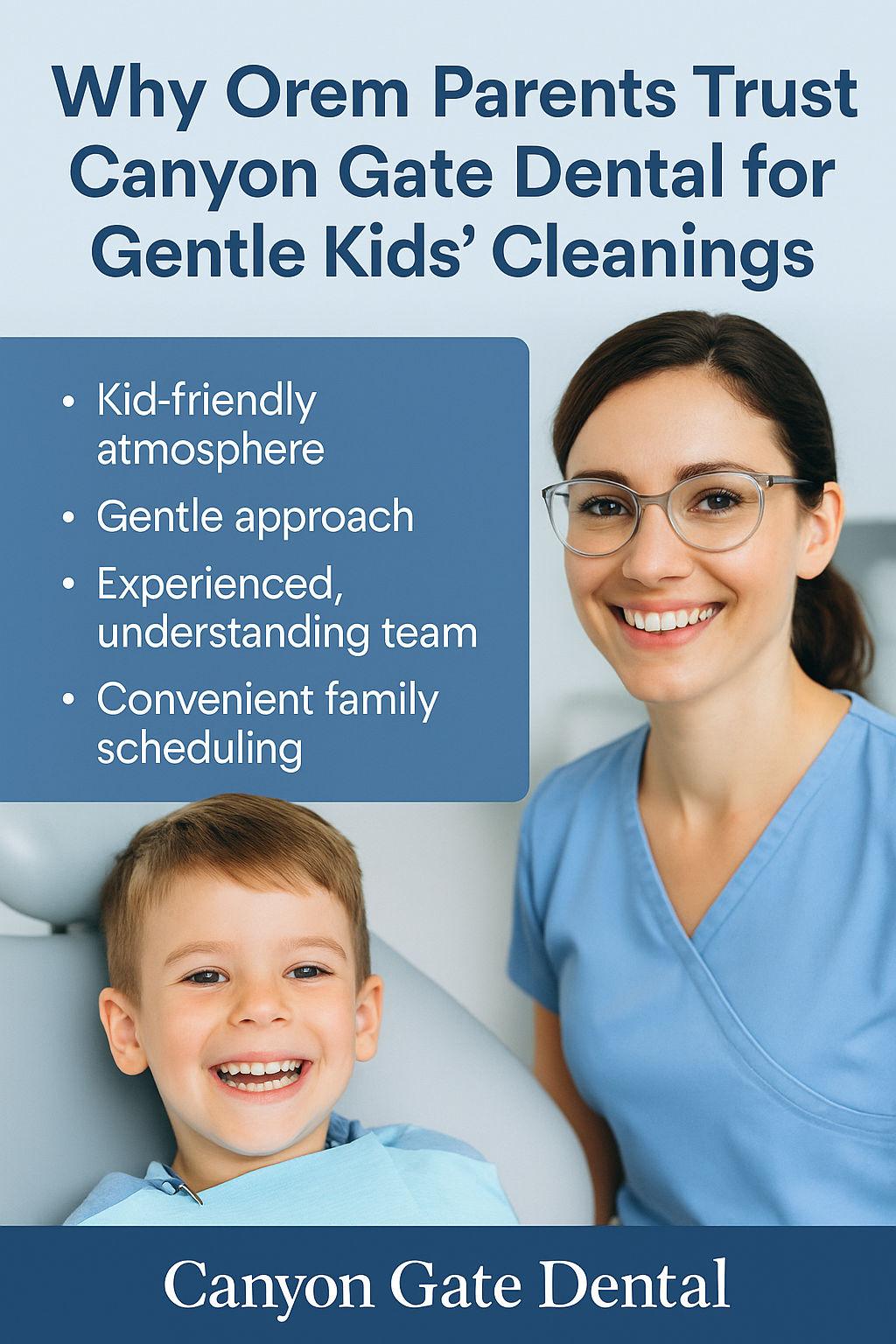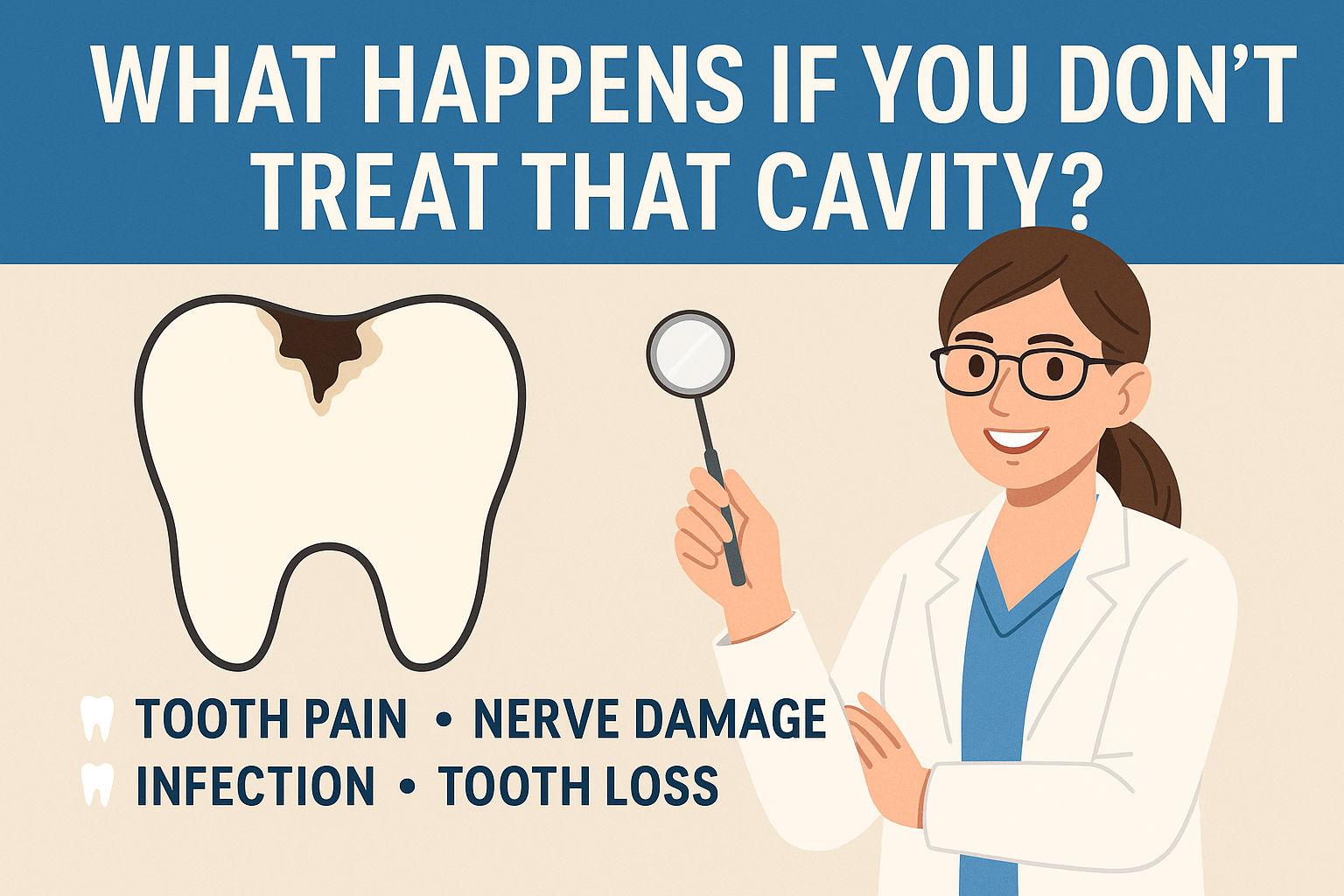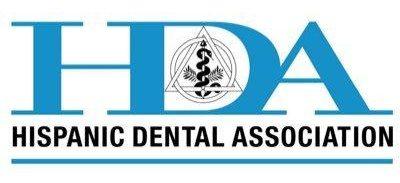If there’s one thing that modern dentists rely on more than anything else, it’s the use of anesthetic. This chemical medication is typically applied before surgery, and depending on the dose; the patient can either expect to remain awake (as is the case with local anesthetic), or be put in to a comfortable sleep. There are several chemical drugs available to dentistry patients – the majority of which can be discussed with a dentist.
If a child or elderly patient is due to receive dental surgery, then anesthesia will typically be recommended by a dentist. In over 98% of clinical trials, the effects of anesthesia are only temporary, and will wear off over the course of a few hours. In particular instances, patients have had reactions to the drug, and this has been known to be fatal in rare cases– but these days the risk is minimal as careful calculations are established well before the surgery itself.
What is Anesthesia for?
During dental surgery, a dentist may rely on local anesthesia to numb any pain in and around the mouth. This type of drug allows the patient to remain awake, without any feeling in the treated area. The anesthesia works by blocking the endings of nerves, and once blocked – these nerves will not be able to transmit any pain to the brain.
Away from surgery, there are topical anesthetics, and these types can be applied to particularly painful areas of the mouth and gums, providing relief from pain and discomfort for a few hours at a time. This type of anesthetic is also ideal as a consistent treatment, although the dosage and frequency will depend on the dentist’s recommendations.
Depending on the type of surgery that has been performed, it may be necessary to be treated by pain relievers of some sort. Analgesics are a dentist’s first port of call, and this drug can be defined as one of two types. The first is narcotic, and the second is non-narcotic. Where the drugs differ is in their use and suitability.
Narcotics are much more powerful than the non-narcotic equivalent, and they are normally used to treat severe levels of pain (as may be the case when wisdom teeth are removed). Non-narcotics are used far more frequently, and they are suitable for treating minor cases of pain, or for general pain relief after mouth surgery.
An alternate type of anesthetic is the common sedative. These drugs are most commonly used when the risk of using an anesthetic is high enough to warrant concern (as may be the case in elderly individuals). Sedatives are typically administered to a patient before the surgery, and the main way that dentists in Salt Lake City utilize the drug is via inhalation.
A small face mask can be fitted to the patient’s face, and the sedative will slowly be pumped in to their system as they inhale. There are options to sedate far more deeply, and this technique is better suited to prolonged surgeries, but in any instance, the aim will be to provide a temporary loss of awareness, leading to a comfortable sleep.










